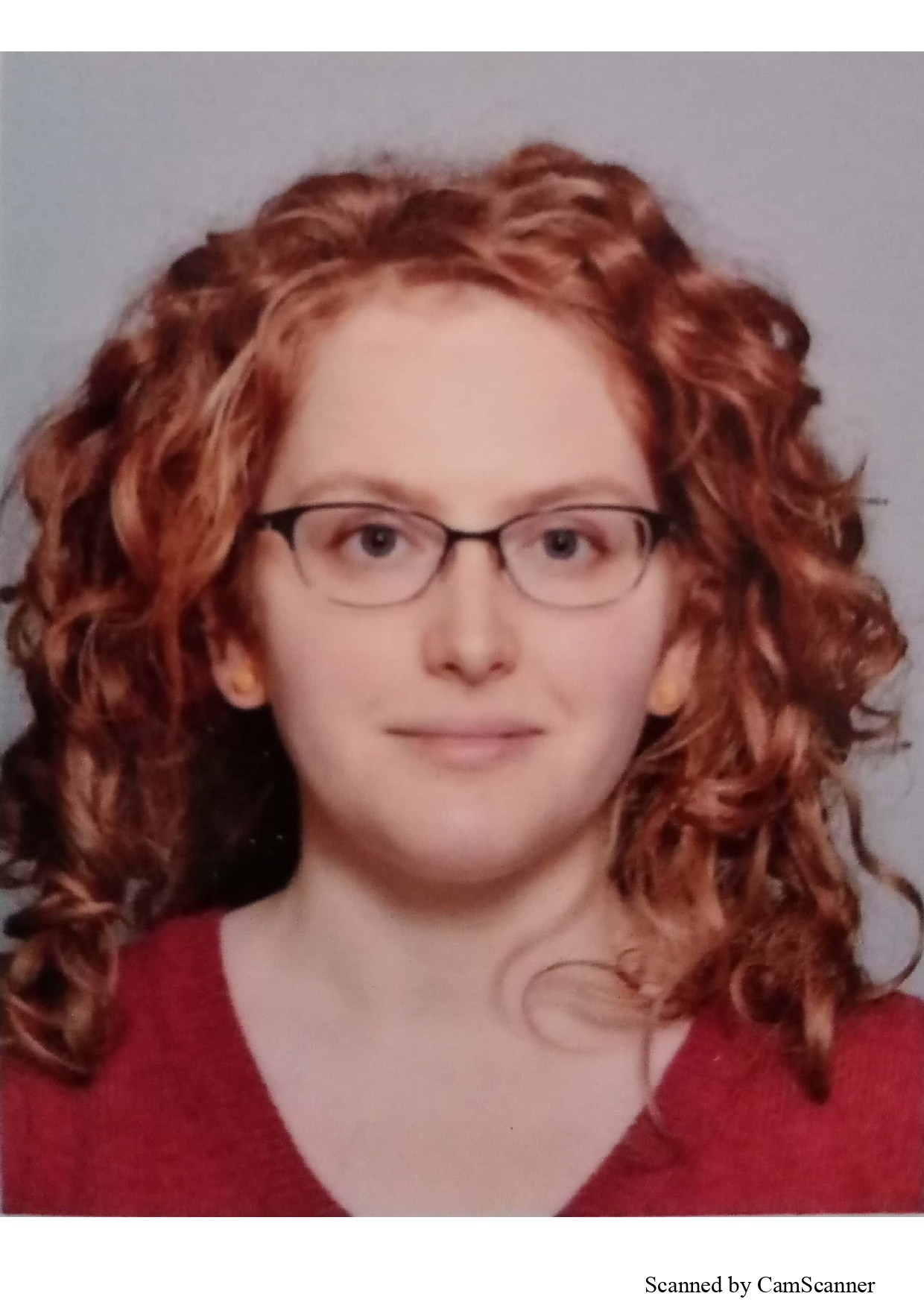Scientific Program
Keynote Session:
Title: Surgery at a crossroad: Is the technical hype the answer ?
Biography:
Walter Bini has completed his Diploma at Westminster School, Simsbury Conn. USA and Post-graduate degree at Universidad de Zaragoza, Facultad de Medicina, Zaragoza-Spain. In 2014, he was the Middle East Chairman of ISLASS. He was Head of Neurosurgery at Sheikh Khalifa General Hospital, UAQ-UAE from 2014- 2016. Currently, he is Consultant Neurosurgeon in Orthopedic department, spine section of Lanzo Hospital COF, Lanzo d Intelvi in Italy and also Visiting Consultant Neurosurgeon in Orthopedic department at Healthpoint Hospital, UAE. He is an Executive Board Member and Dean of the Faculty of the WAMS and also holds a Faculty position at the London Medical Education Academy, UK.
Currently he is Consultant Neurosurgeon, Orthopedic Department, spine section of Lanzo Hospital COF, Lanzo d’Intelvi in Italy and also Visiting Consultant Neurosurgeon, Orthopedic Department of Health point Hospital in Abu Dhabi - UAE. His ongoing project includes Composite for Bio-gradable coating on transpedicular intraosseous fixation devices, MRI Spectroscopy in the Grading and Therapy Monitoring of Gliomas, Active Participant in the GLIADEL Trial (closed).
He is an active member of 31 national and international societies and is also Organising Committee Member and honourable speaker for the 6th European Surgery and Surgeons Meeting, taking place in Amsterdam, Netherlands on September 16-17, 2019
Abstract:
Oral Session 1:
- General Surgery | Plastic surgery | Gynecology Surgery | Vascular Surgery | Surgical Oncology

Chair
F S Fahmy
Countess of Chester Hospital
Title: Comparative study between two techniques used in male circumcision
Biography:
Abstract:
In this study, I did a comparison between 2 recognized techniques for male circumcision, regarding post-operative complications rate, follow up was immediate postoperative, 1 week and 4 months post operatively, this was done in one centre, 200 candidates for the study, 50% had circumcision done using guillotine technique, and the other 50% had circumcision done using dissection techniques, postoperative complications rate shows more bleeding and infection in case of dissection technique, but higher rate of incomplete circumcision in case of guillotine technique.
Title: Surgical skills workshops should be a part of the undergraduate medical curriculum
Biography:
Abstract:
Title: The lymphoma-lipoma diagnostic challenge
Biography:
Abstract:
Curious ‘lumps and bumps’ are common in the plastic surgery outpatient clinic, with clinical diagnosis formulated from a good history and clinical examination. Simple lipomas account for the vast majority of these cases in the outpatient setting however atypical presentation can be puzzling for the clinician. The following case presented a diagnostic challenge emphasizing the role of an experienced clinician and an MDT approach in questioning the results of investigations which are at odds with the clinical examination. Ultrasound, CT scan and MRI results were deceptive in this case as revealed by the lack of demonstrable correlation with the clinical findings. The case also highlights the need for appropriate tissue diagnosis. In this case, a ‘trucut’ biopsy established a tissue diagnosis without interfering with any potential future management plans. The presented case was diagnosed as lipoma by radiology, only to prove to be Lymphoma on histological diagnosis. We pay particular attention to the role of ultrasound and tissue diagnosis in the work up for lipomas and unusual subcutaneous lumps.The case study looks at the principles in decision making in a plastic surgery clinic. It is important that a clinician is aware of the sensitivity and specificity of examinations ordered (1 and 2). This case study highlights the limitations of Ultrasound and the need for a clinician to use their experience in interpreting results and ordering relevant investigations in an MDT forum.
Title: Novel pre-mastectomy permanent implant reconstruction (PPIR): Initial experiences from Saudi Arabia
Biography:
Abstract:
Title: What’s women know about their maternal health and what’s they practiced in an underprivileged community of Bangladesh
Biography:
Abstract:
Title: Combinations of non surgical and surgical methods rejuvenation of the periorbital area amd mid face and new paradigm non surgical methods on rhinoplasty
Biography:
Abstract:
Title: Medical selfie a triage tool for trauma patients
Biography:
Abstract:
Title: Laparoscopic trans-gastric endoscopy in patients with duodenal structure and Roux-en-Y gastric bypass: A case series
Biography:
Abstract:
Title: Cross cover subspecialties and the handover challenges
Biography:
Abstract:
Efficient handover is the backbone in any clinical setting for patient safety and continuity of care. Since the European Work Time Directive (EWTD) came into place with partial hybrid shifts and multiple specialties covering as cross cover, its importance has further increased especially out of hours and over the weekend. Royal College of Surgeon, Royal College of Physicians and British Medical Association have published guidelines for a safe and efficient handover. In this study we will share our hand over process, the compliance amongst the subspecialties involved in the cross over of reviewing trauma cases, any patterns amongst different specialties, the difficulties being faced and ideas to improve the handover process based on the above guidelines. We monitored the hand over sheets used in the process, over a 6 months period, collected data and analyzed missing information, processed ideas on how to decrease the chances of missing any patient information which included use of trust shared drive, further modifications in handover sheets, devised self-explanatory hand injury proformas and face to face simulated scenarios and hand examination during specialty induction. This is to ensure patient safety and delivering the appropriate management with continuity of care in a timely fashion.
Title: Outcomes of breast free flap reconstruction in Middle East
Biography:
Abstract:
Title: A case of mistaken identity
Biography:
Abstract:
Title: Two-stage flexor tendon reconstruction: A single unit’s experience spanning 16 years
Biography:
Sasa Pocnetz is currently working in Countess of Chester Hospital, United Kingdom













